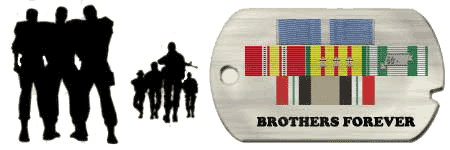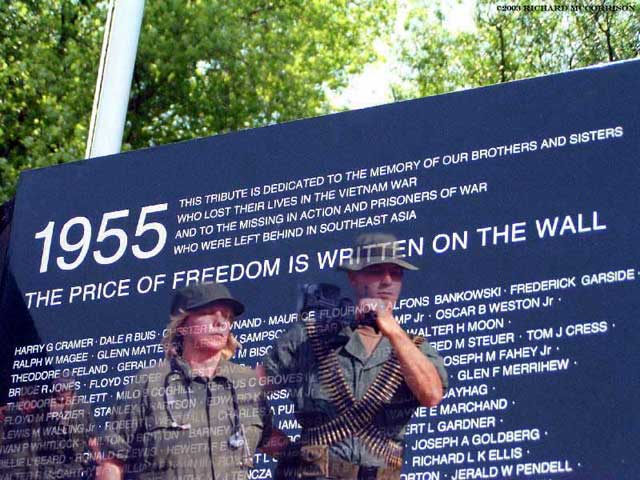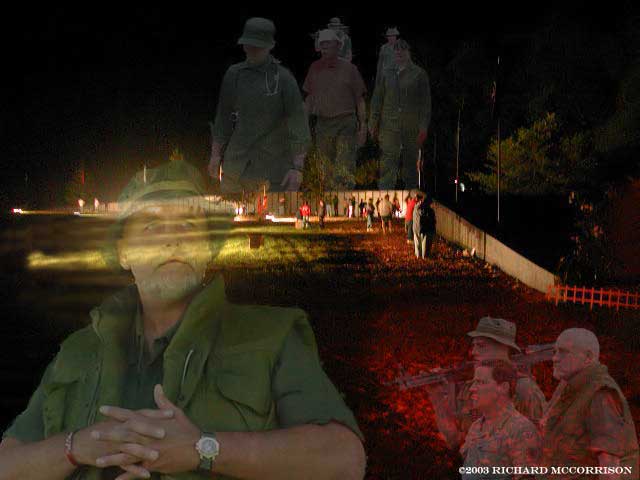84th Engineer Battalion (Construction) Vietnam
Qui Nhon - Operation Duke - Bong Son - Da Nang - Phu Bia - Fire Base Baldy
This website represents the Memories of those Men who served with the 84th in the Republic of Vietnam

For those who fought for it Freedom has a flavor the protected will never know

Here is some information on the Vietnam Veterans Memorial...The Wall. It is from the Virtual Wall Site at http://www.virtualwall.org. Take some time to visit it and please don't forget those who died in Vietnam.
The Vietnam Veterans Memorial, "The Wall" now has carved into it the names of the 58,235 American military personnel (eight were women) who were direct casualties of the war, including about 1300 who are still considered Missing In Action (MIA). When The Wall was built, there were 58,159 names. A few names have been added each year: those where lost records of wartime death were found or those of men who died after the war from physical injuries as a result of the war. Each of the branches of the Department of Defense made and makes the determination of eligibility. The Vietnam Veterans Memorial belongs to the people of the United States of America. A Vietnam War veteran named Jan Scruggs raised the money from donations of more than 275,000 private citizens and organizations. In November 1984 The Wall became the property of the people of the USA. Since that time, The Wall has been maintained by U.S. National Park Service employees and is staffed by National Park Service Park Rangers, National Park Service Park Security, and National Park Service "Yellow hat" volunteers. The National Park Service funds ceremonies at The Wall several times each year, in coordination with several different veteran organizations. There was a contest for the design of the Vietnam Veterans Memorial. A jury of eight prominent artists and architects considered 1,421 design entries. The design submitted by Maya Ying Lin, a 21 year-old architecture student at Yale University won the design competition. A formal ground breaking ceremony was held on March 26, 1982. The Wall has frequently been described as "the most visited memorial in the country." Many report their first encounter with The Wall as an emotional experience. Various aspects of the design contribute to the emotion, whether visitors are consciously aware of the connection or not. The Wall is both partly into the ground, signifying death and mourning, but the center also rises above the surrounding terrain as a symbol of life, hope, and resurrection. Although completely open on one side, visitors feel they are walking down, into The Wall. The Wall was made from black granite from Banaglore, India. The granite is extremely hard and has a very fine grain, so the names carved into The Wall should remain for hundreds of years. The black surface gives a feeling of death and sadness, but is polished to a high finish, so The Wall becomes a "living" memorial by reflecting the sky, the environment, and visitors. The Wall absorbs sunlight during the day and radiates that energy as heat during the evening and night. Like the war, itself, The Wall begins small, rises to a peak, and then tapers off small again. The Wall consists of the East Wall and West Wall, two triangles each 246.75 feet long and 10.1 feet tall where they meet at the central apex. As seen from above, they meet at a 125 degree angle, with the West Wall pointing towards the Lincoln Memorial and the East Wall pointing to the Washington Monument. Each Wall consists of 72 panels: 70 with names and 2 very small, blank panels at each end. The names are arranged by date of casualty, as a continuous flow of names with no demarcation of dates. The earliest casualties are named just to the right of where the two Walls meet, under the large date 1959, on line 1 of panel 1E. The names continue to line 2 of panel 1E, down to the bottom of panel 1E, then to the top of panel 2E. That pattern continues to the east end of the East Wall, where panel 70E has names of 4 men who died on May 24, 1968 and 1 man who died on May 25, 1968. May 25 continues at the far end of the West Wall, at panel 70W. The names continue from there back to the center, where the last casualties are listed at the bottom of panel 1W. The names of the last and first casualties are thereby near each other to form a closed circle, described as "a wound that is closed and healing." Within any given day, the names are arranged alphabetically. The year "1975" is carved on the bottom of panel 1W because that was the year of the last American casualties. The US military left Vietnam in March, 1973 in agreement with the Paris Peace Accords. The US was no longer involved in the war, although a few US Marines were left to guard the embassy. In April, 1975, North Vietnam forces swept through the south. A US Navy ship involved with rescuing American military and civilians came under heavy fire, killing and wounding several Marines and sailors. Those killed are listed above the "1975." When The Wall was built, it was thought the first American military casualties were occurred 1959. After The Wall was built, two families brought forth proof that two American military advisors were killed by artillery fire in Vietnam in 1957. Their names were added to panel 1E but it was decided to not correct the carved date, which would deface The Wall. A small symbol is carved next to each name. A diamond indicates "killed, body recovered". A small percentage of names have a plus sign, indicating "Missing In Action" which has been officially renamed "killed: body not recovered". The plus sign was chosen because it could be changed to a diamond if the person's remains were found, or a circle could be carved around it if that person returned alive. Since The Wall was built, several hundred remains of men have been found and identified, so the symbols next to their names were changed to diamonds. There have not yet been any symbols changed to circles. In most cases, the date the person became missing was used to place his name with those who died on that date. Detailed information about all the persons listed as POWs or MIAs from the Vietnam War can be found on http://www.POWNetwork.org. In 1984 a flagpole and a life-size sculpture named "The three fighting men" by Frederick Hart was added near the west end of The Wall.
In
1993, the Vietnam Women's Memorial Project dedicated the Vietnam
Women's Memorial, a sculpture by Glenna Goodacre. It honors
the eight military and fifty-six civilian American women who
died in the war and some ten thousand American women who served
in the war.
Most of the information on this page was derived from a brochure published
by the U.S. National Park Service, which maintains The Wall.


